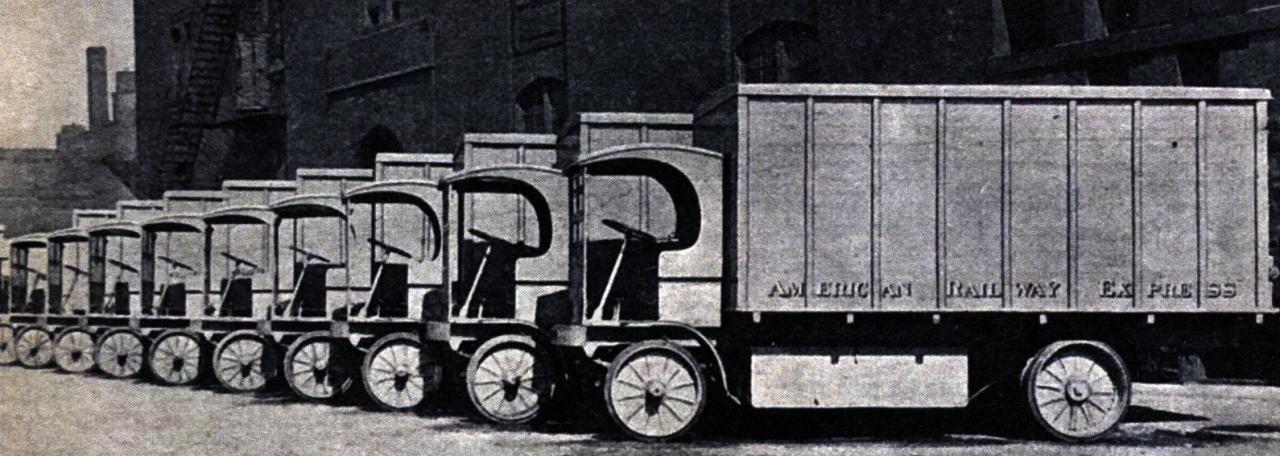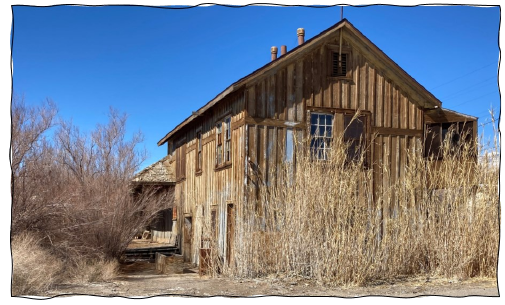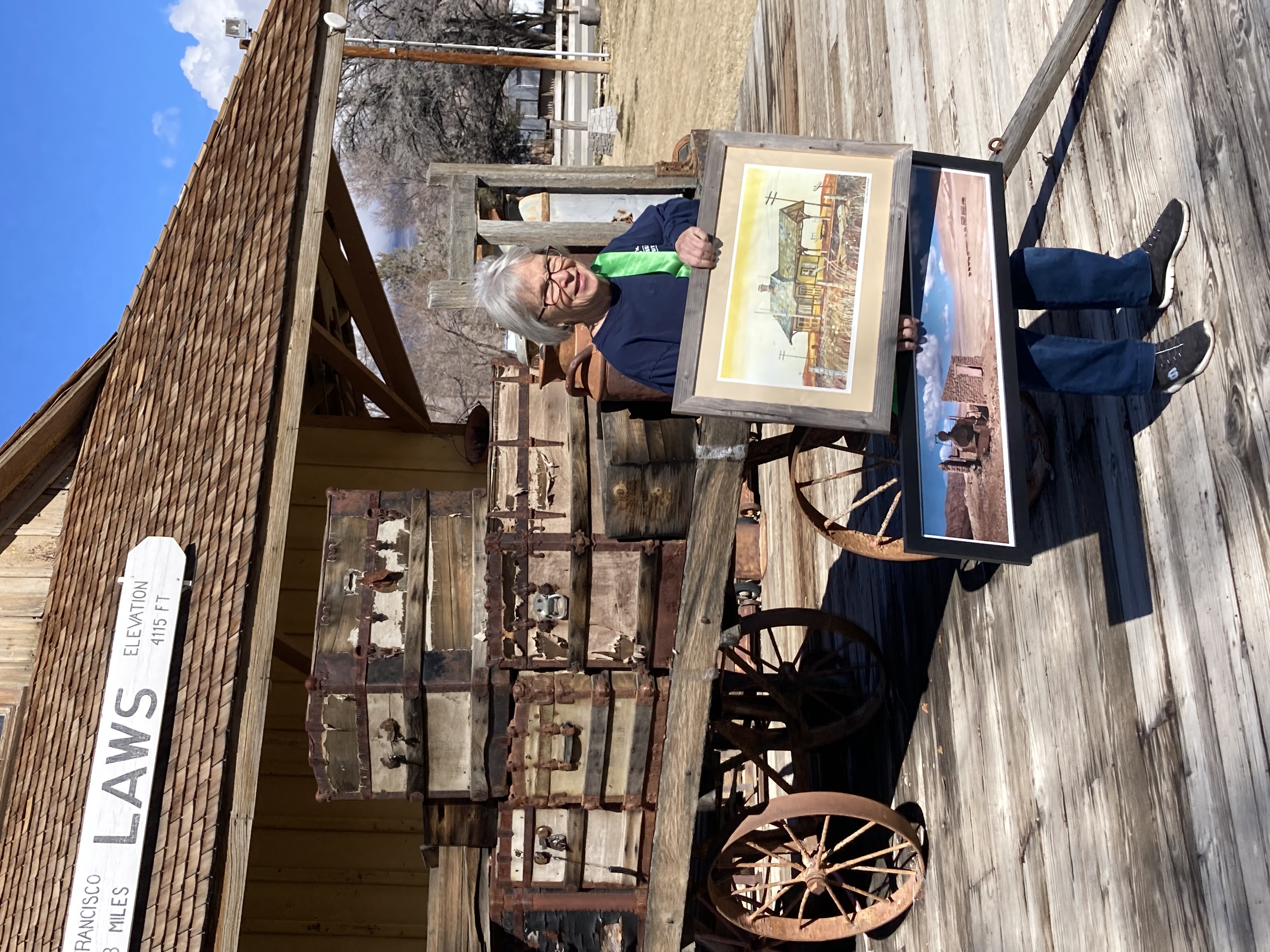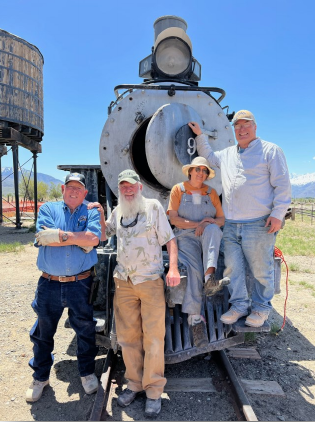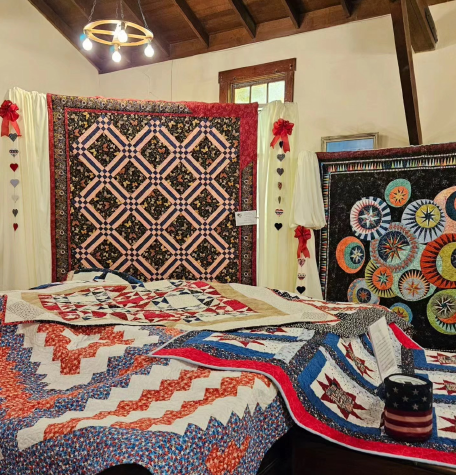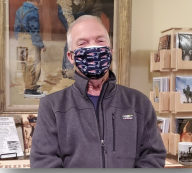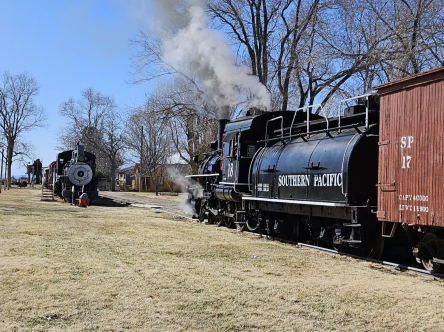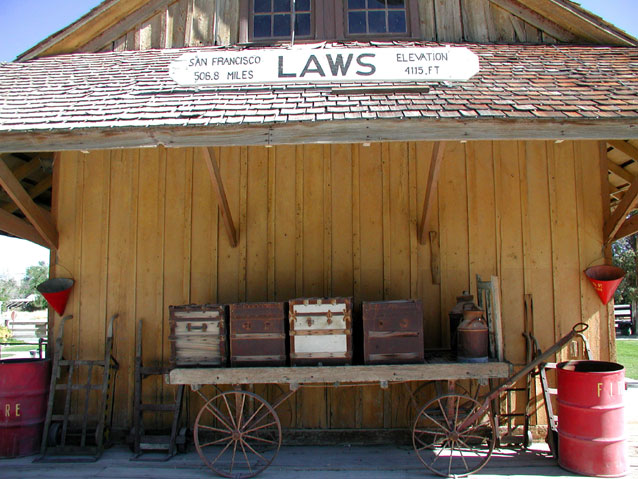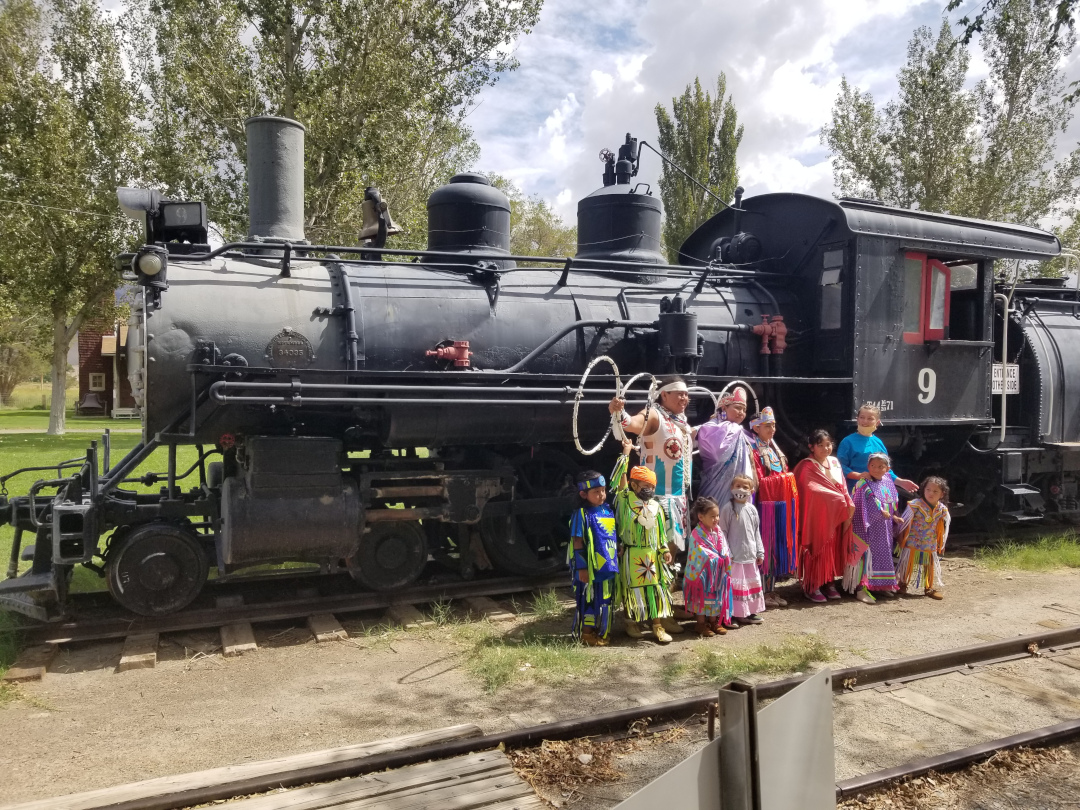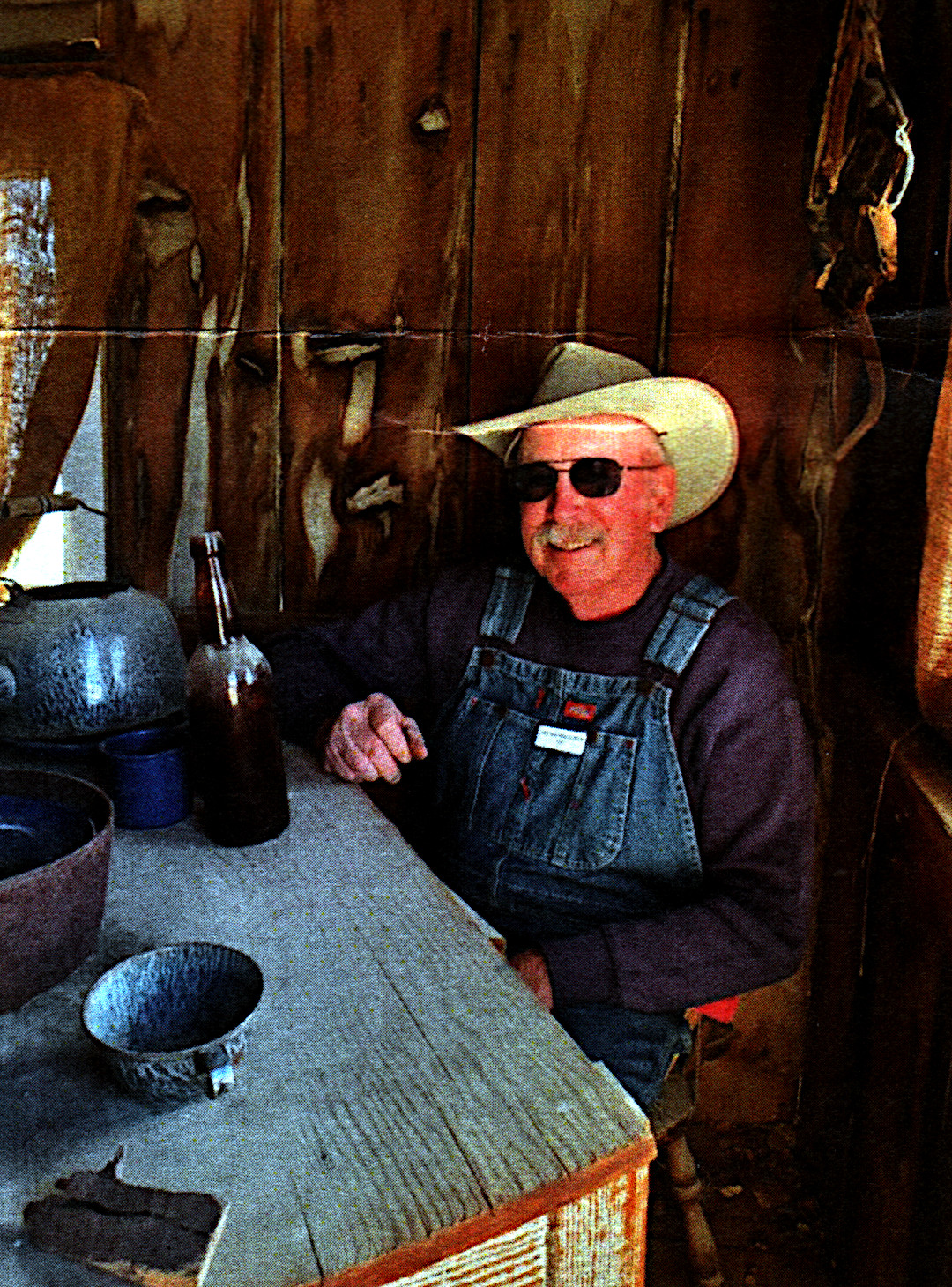The Walker Electric Truck
Many visitors to Laws Museum know we have numerous examples of horse-drawn delivery wagons, carriages, and a chuck wagon, not to mention horse-drawn plows and other horse motivated ranching equipment. And of course, we display the well-known replica of the mule-drawn borax wagons, the twenty mule team wagons that hauled borax across the desert from Death Valley to the Mojave railhead from 1883 to 1889. But until recently we lacked an example of electric vehicles from the turn of the 20th century, the first blossoming of the electric vehicle era. We have recently added the chassis and drive train of a 1919 Walker electric delivery truck to the Laws collection.

